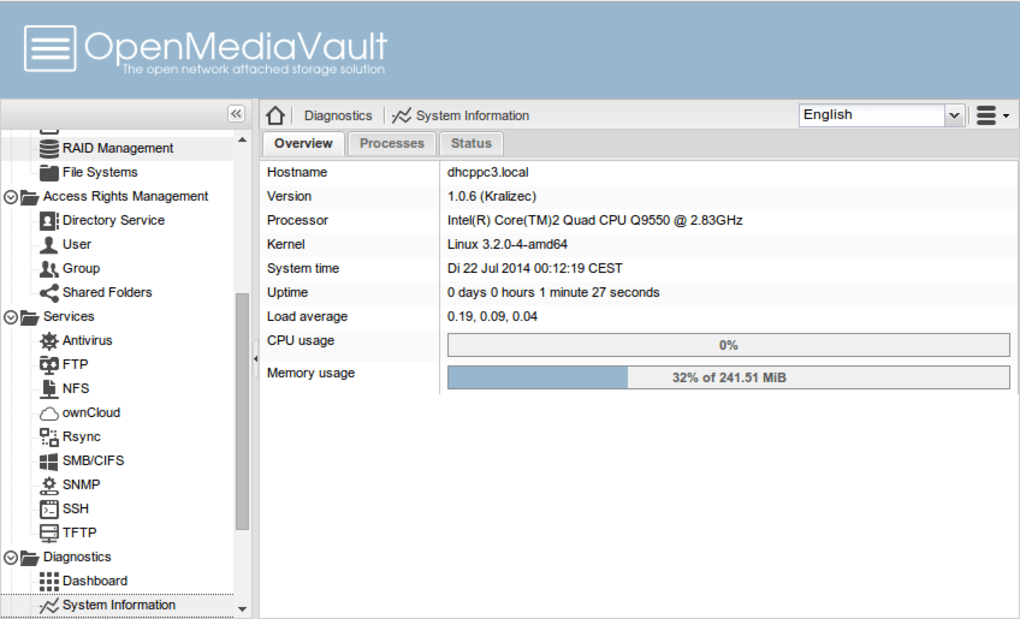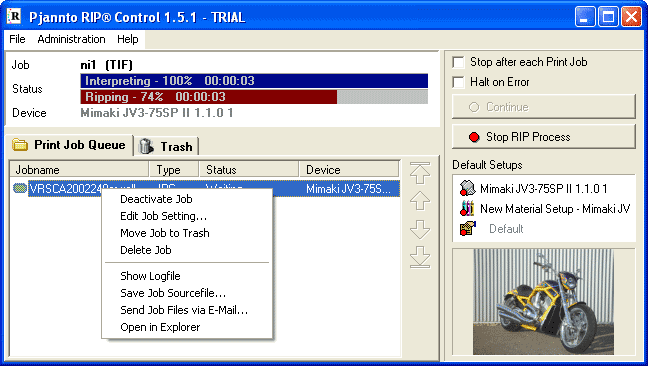

Similarly, when you do get stuck, it’s easier to find documentation for Windows on the web than any other OS.Īdditionally, you know how to use Windows. Need a torrent client? Pick from dozens of quality apps. Need a music server? You have several compatible options.

You’re not relying on a third-party to modify and maintain the software, and nearly everything is compatible with Windows. Coming from the QNAP, where the App Store is very limited and reliant on third-parties to adapt software to the OS, the range of usable software on Windows is amazing. Windows’s much-vaunted software compatibility is a big deal. Windows 10 may not be an obvious choice for NAS operating system, but it’s actually a good option. They can be adapted into providing the NAS functionality you need, but it seems like a lot of unnecessary work when there are already NAS-focused distros. I’m going to avoid any desktop Linux distros (like vanilla Debian or Ubuntu). My first NAS was a Mac Mini, and Mac OS (sorry, macOS these days) is (surprisingly) a pretty decent file server out of the box, especially if you want to store iPhoto, iTunes, or Time Machine backups across your network.ĭisregarding a Hackintosh build (which is well beyond the scope of this article) for a custom built NAS though, your options are Windows or some open source Unix-based operating system. Choose Your Own Adventure: Windows 10 or Open Media Vault

If you’ve followed that guide (and even if you haven’t, but are looking to install NAS software) you can follow this guide to install Open Media Vault, a robust Debian-based operating system. In the last article about building my NAS, I described the hardware I chose in building my home NAS. Check out the other sections of this guide:


 0 kommentar(er)
0 kommentar(er)
